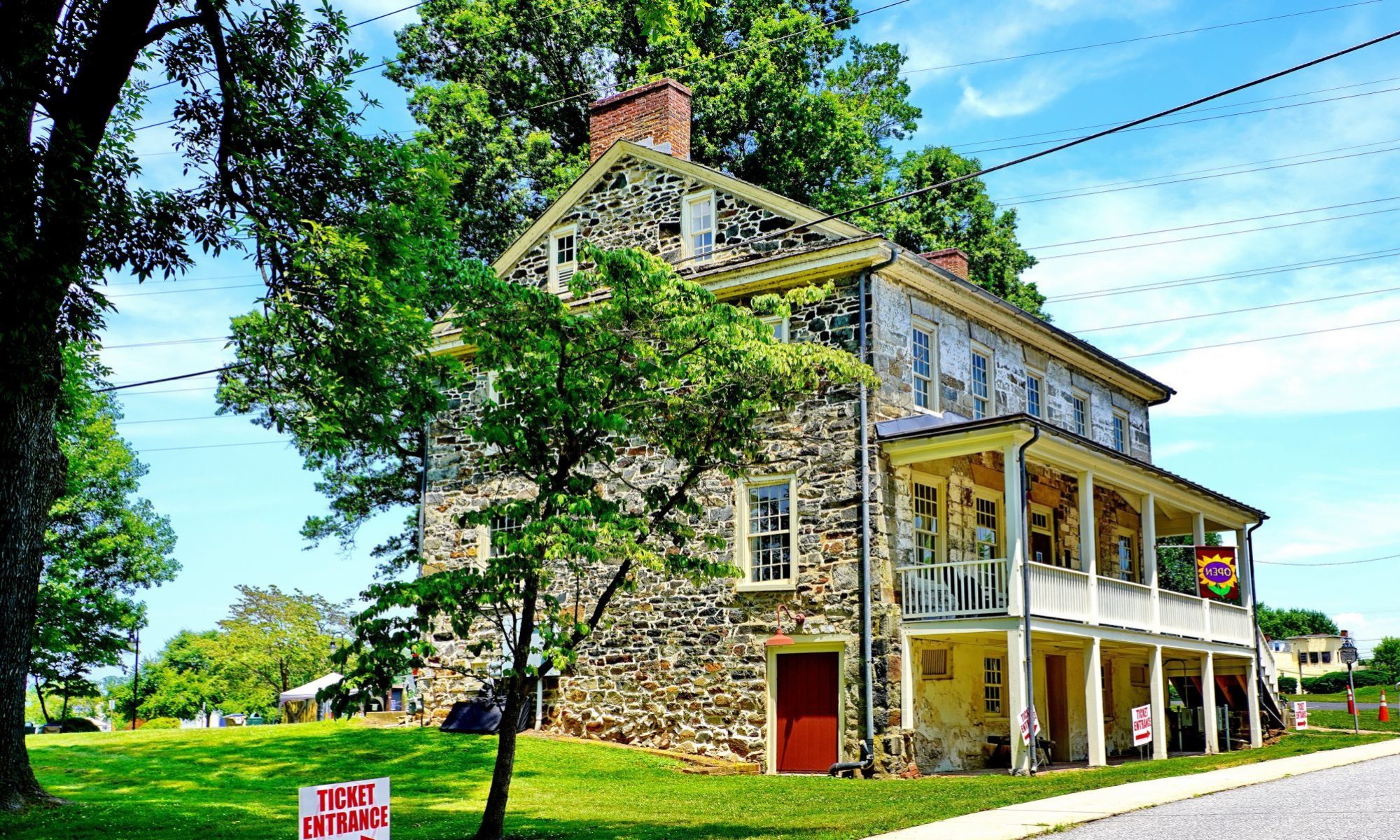In the late 19th century, employment opportunities for women were largely confined to roles such as domestic work, teaching, and a few other low-paying, socially acceptable occupations. Yet, trailblazers emerged, carving out spaces for themselves in traditionally male-dominated fields. Among these were two remarkable, pioneering women who worked as tower operators for the railroad.
Until the late 20th century, railroads relied on signal towers along the right-of-way to perform essential operations–controlling train movement on blocks of track and switching at junctions. These towers had to be staffed 24/7 by workers who could handle the responsibility of ensuring safety and efficiency on the railroad. It was a demanding job that required exceptional focus, resilience, and technical expertise.
A vivid description of this work in 1896 came from a reporter at the Cecil Whig, who characterized the night operators’ experience:
“The night operator in the railroad signal tower has a lonely occupation and the long hours of the night drag themselves out to a weary length. It is a position of grave responsibility and the occupation of that signal box, away off in a desolate locality, must be reliant and steady. The loud whistle of the storm and the shrill shriek of the engine dashing by must be totally disregarded, and the attention of the midnight worker kept close upon the tick-tick of the instruments. The peripatetic tramp must be sped along as the parting guest and his raps and threats when denied admission out of the storm, must be answered with a firm assertion of one’s determination and the nerve must be steady and strong.”
The full article on the railroad signal tower continues on Mike’s History Blog.
